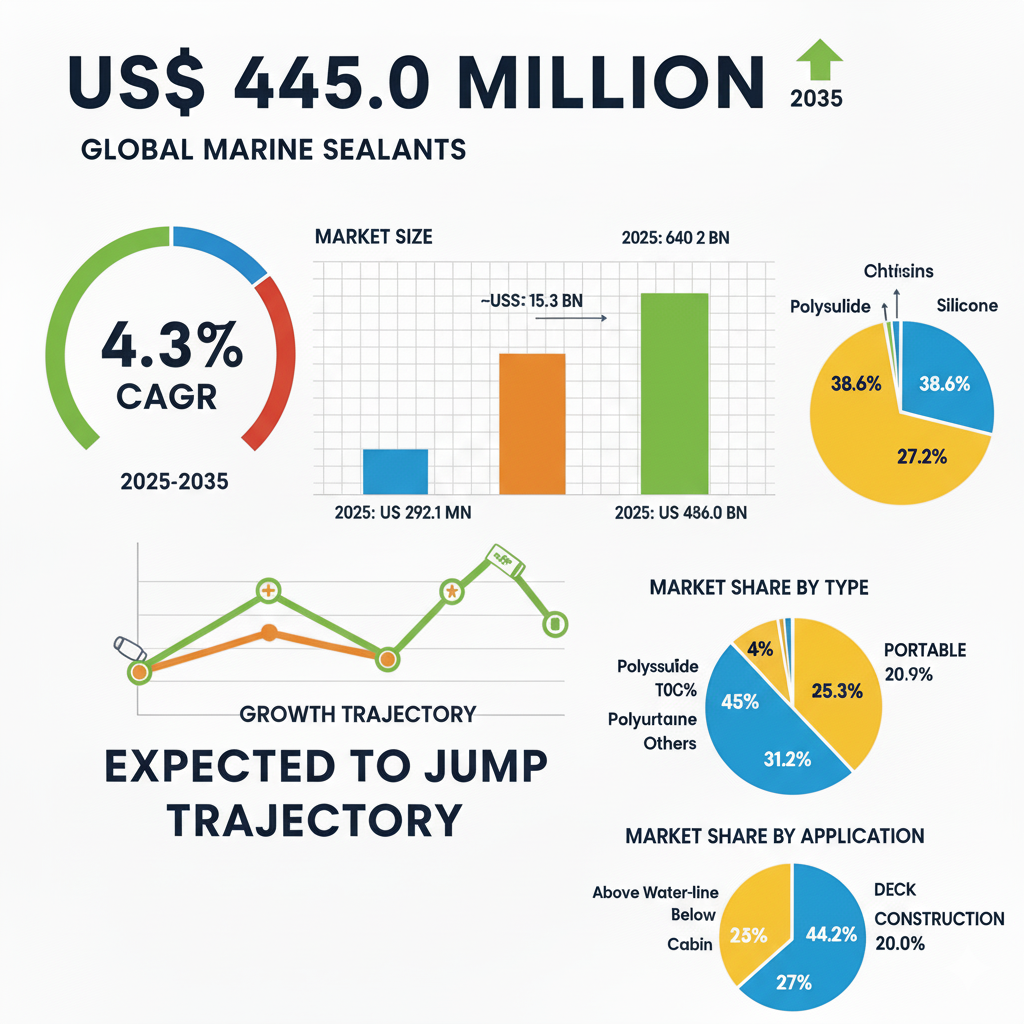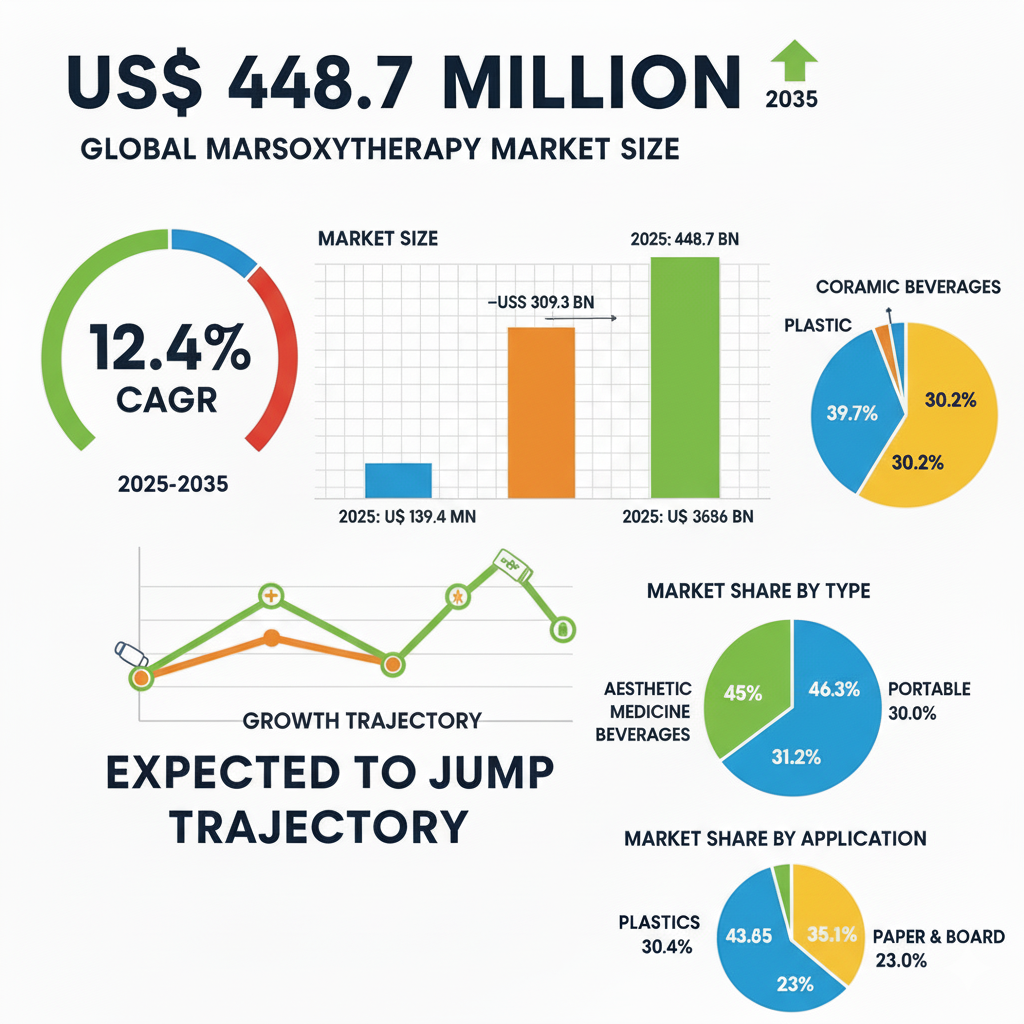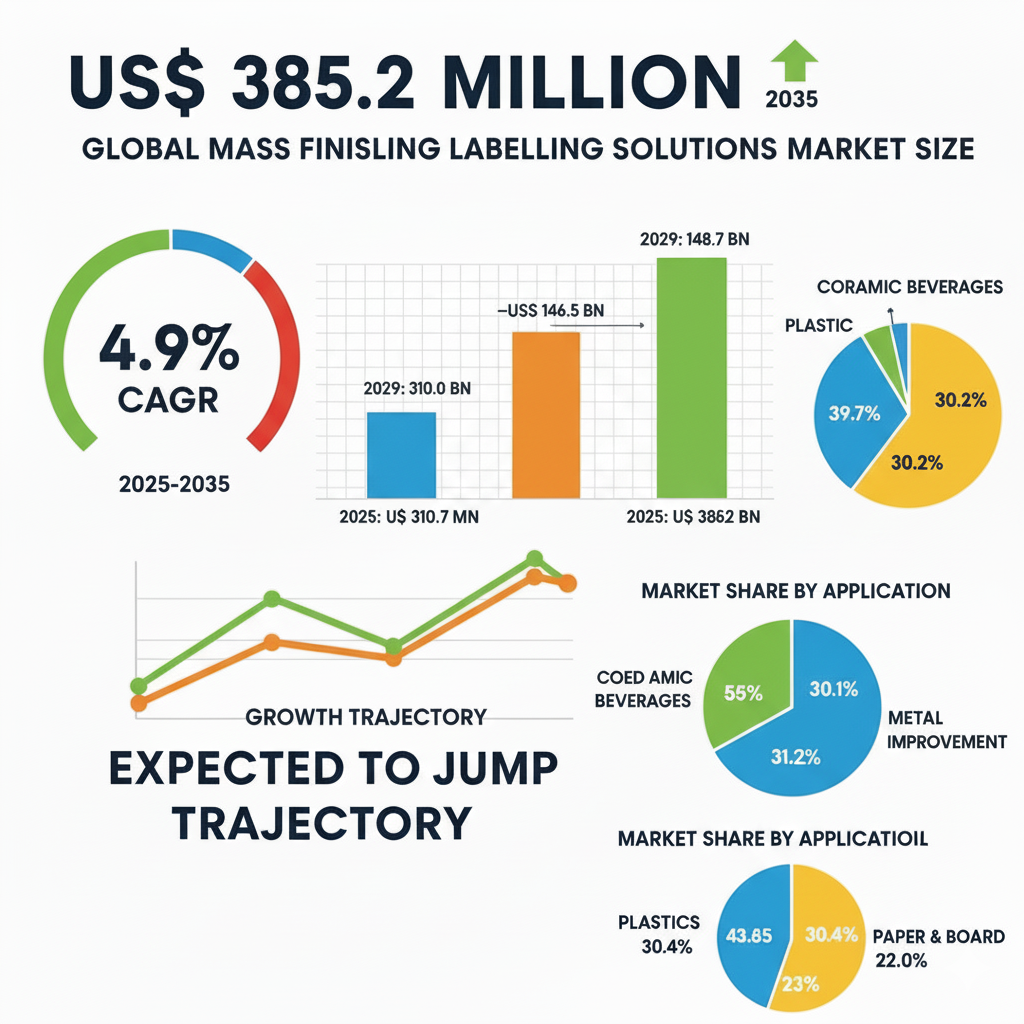
The global Automotive MEMS Sensor Market is projected to grow significantly from an estimated USD 5.1 billion in 2025 to USD 17.1 billion by 2035, marking a robust compound annual growth rate (CAGR) of 12.9% during the forecast period. This exponential expansion is largely fueled by the rising integration of MEMS-based technologies—particularly gyroscopes, accelerometers, pressure sensors, and microphones—into critical automotive applications such as advanced driver assistance systems (ADAS), vehicle safety modules, infotainment units, and electronic stability control systems. The growing demand for sensor fusion technologies that combine multiple data points into actionable vehicle intelligence is rapidly accelerating the adoption of MEMS sensors in both traditional internal combustion engine (ICE) vehicles and next-generation electric vehicles (EVs).
As the automotive industry evolves toward increased automation, connectivity, and electrification, MEMS sensors are becoming foundational to the transformation of vehicles into intelligent, self-aware machines. Their miniature size, low power consumption, and high accuracy make MEMS sensors indispensable in applications such as collision detection, tire pressure monitoring, dynamic headlight leveling, inertial navigation, and autonomous parking. Automakers are leveraging MEMS sensor platforms to enable precise measurements of angular velocity, acceleration, and pressure across numerous functions, which directly enhances safety, efficiency, and driving comfort.
Get Ahead with Our Report: Request Your Sample Now!
https://www.futuremarketinsights.com/reports/sample/rep-gb-8450
Key Takeaways from the Automotive MEMS Sensor Market
One of the most significant takeaways from the ongoing market expansion is the shift in MEMS sensor deployment from discrete safety-related systems to an integral role in full vehicle intelligence ecosystems. Vehicles now require a greater number of sensors per unit as they move toward partial and full autonomy, with applications spanning from blind-spot monitoring to collision avoidance and vehicle-to-everything (V2X) communication. This demand is being driven not only by consumer expectations for smarter mobility but also by regulatory pressures mandating the installation of safety-enhancing technologies.
Sensor fusion—combining data from multiple MEMS sensors to create a more accurate and comprehensive view of the vehicle’s environment—is also gaining traction. This is particularly crucial for level 2 and level 3 autonomous driving functions, where precise interpretation of dynamic driving conditions is essential. Furthermore, the shift toward electric vehicles is generating demand for MEMS-based thermal management, battery monitoring, and motor control systems, which are crucial to ensuring performance, safety, and longevity in EV platforms.
Emerging Trends in the Global Automotive MEMS Sensor Market
Several key trends are shaping the future of the MEMS sensor landscape in the automotive industry. A growing emphasis on autonomous driving is increasing the need for inertial measurement units (IMUs) and environmental sensors that enable precise location tracking, road condition monitoring, and navigation even in GPS-denied environments. These sensor modules, when integrated with machine learning algorithms, are enhancing a vehicle’s ability to adapt to complex urban driving scenarios, improving decision-making and operational safety.
Another notable trend is the miniaturization and functional integration of MEMS sensors. Modern automotive designs are favoring compact and multi-functional sensors that consolidate accelerometer, gyroscope, and magnetometer functions into a single chip. This not only saves space and reduces system complexity but also drives down the overall cost per sensor. There is also a growing focus on ruggedization and extended temperature range capabilities of MEMS sensors to meet the challenging demands of under-the-hood and outdoor vehicle applications.
The rise of connected car ecosystems is also pushing MEMS sensors toward enabling edge computing capabilities. Sensors embedded with onboard signal processing and diagnostic functions are increasingly being used to support real-time decision-making, data logging, and over-the-air (OTA) update functionalities. Moreover, automotive cybersecurity concerns are leading to increased focus on encrypted sensor communication protocols to safeguard sensitive data from unauthorized access.
Significant Developments and Opportunities in the Market
The growth of electric mobility and autonomous vehicles presents unprecedented opportunities for MEMS sensor suppliers. With each EV and autonomous vehicle requiring dozens, if not hundreds, of sensors to operate efficiently and safely, the demand for low-cost, highly reliable MEMS platforms is surging. Additionally, opportunities are emerging in vehicle health monitoring, where MEMS sensors are being used to track vibrations, monitor component wear, and detect anomalies in real-time to enable predictive maintenance.
Recent innovations in sensor fabrication technologies are also contributing to market opportunities. Manufacturers are now adopting advanced wafer-level packaging, 3D integration, and silicon-on-insulator (SOI) techniques to improve performance while minimizing size and power draw. Collaborative efforts between sensor manufacturers, OEMs, and software developers are leading to the creation of more intelligent sensor solutions tailored for automotive-grade performance standards.
Recent Developments in the Automotive MEMS Sensor Market
The past few years have witnessed several key developments that are shaping the trajectory of the MEMS sensor industry. Leading manufacturers have expanded their product portfolios with sensors designed specifically for safety-critical automotive functions. For instance, new generation MEMS gyroscopes and accelerometers have been released with enhanced accuracy, lower drift, and improved temperature stability, making them suitable for integration in autonomous navigation systems.
Strategic acquisitions and partnerships have also become commonplace. Major semiconductor companies have acquired MEMS startups to accelerate innovation and capture niche applications in high-growth vehicle segments. In 2024, a prominent global electronics firm announced a joint venture with an automotive tier-one supplier to co-develop MEMS sensors optimized for electric vehicle platforms and vehicle-to-infrastructure communication systems.
Several automotive OEMs have also begun piloting AI-enhanced MEMS platforms capable of real-time diagnostics and behavior learning. These sensors can identify patterns in vehicle dynamics, helping inform predictive safety features, maintenance alerts, and adaptive suspension systems. At the regional level, Asia Pacific has emerged as a manufacturing and innovation hub, while North America and Europe continue to lead in demand for high-end automotive safety and performance enhancements.
Thorough Market Evaluation: Full Report
https://www.futuremarketinsights.com/reports/automotive-mems-sensor-market
Competition Outlook in the Automotive MEMS Sensor Market
The competitive landscape of the automotive MEMS sensor market is characterized by strong participation from established semiconductor giants as well as innovative mid-tier players. Key players in the market include Robert Bosch GmbH, STMicroelectronics, Infineon Technologies AG, Analog Devices Inc., NXP Semiconductors, TDK Corporation (InvenSense), Murata Manufacturing Co. Ltd., Sensata Technologies, MEMSIC Inc., and Denso Corporation. These companies are focusing on expanding their automotive MEMS sensor offerings across multiple domains, including inertial sensing, pressure detection, environmental monitoring, and acoustic systems.
Key Segmentations
In terms of segmentation, the market is categorized by sensor type (accelerometer, gyroscope, pressure sensor, magnetometer, microphone, others), vehicle type (passenger vehicles, light commercial vehicles, heavy commercial vehicles, electric vehicles), application (safety & security, infotainment, powertrain, body electronics, ADAS), and region (North America, Europe, Asia Pacific, Latin America, Middle East & Africa). Among these, the ADAS and infotainment applications are projected to see the most rapid adoption due to the evolving demand for real-time, responsive, and context-aware systems.
About Future Market Insights (FMI)
Future Market Insights, Inc. (ESOMAR certified, recipient of the Stevie Award, and a member of the Greater New York Chamber of Commerce) offers profound insights into the driving factors that are boosting demand in the market. FMI stands as the leading global provider of market intelligence, advisory services, consulting, and events for the Packaging, Food and Beverage, Consumer Technology, Healthcare, Industrial, and Chemicals markets. With a vast team of 400 analysts worldwide, FMI provides global, regional, and local expertise on diverse domains and industry trends across more than 110 countries.
Contact Us:
Future Market Insights Inc.
Christiana Corporate, 200 Continental Drive,
Suite 401, Newark, Delaware – 19713, USA
T: +1-845-579-5705
For Sales Enquiries: sales@futuremarketinsights.com
Website: https://www.futuremarketinsights.com
LinkedIn| Twitter| Blogs | YouTube





